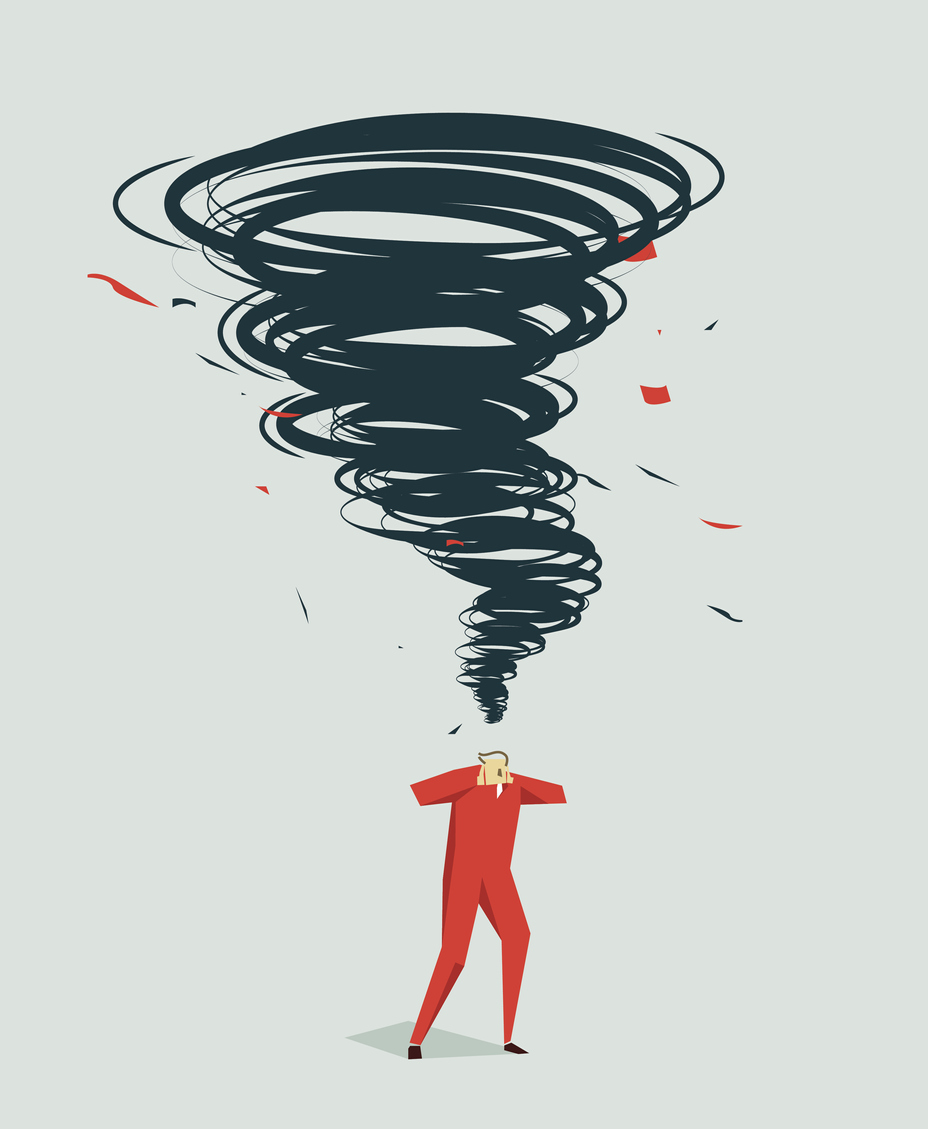
Last summer, GNS Chief Commercial Officer and Co-Founder Iya Khalil wrote about the difficulty of watching her sister suffer through the devastating impact of migraine headaches. Researchers continue to seek therapies and treatments to help mitigate this widespread condition and recent discoveries hold out hope that progress is being made.
More than 39 million people in the U.S. and nearly a billion people worldwide suffer from migraines with about two percent of those being chronic cases. Even more impactful is that migraines are the third most prevalent and the sixth most debilitating illness worldwide.[1]
The expense to treat migraine suffers is staggering. A recent study on the costs of migraine treatment in the U.S. reveals that migraine patients have three times as many inpatient admissions, two and a half times more ER visits, 23 percent more pharmacy claims, and overall treatment costs two and a half times greater than for other patients. The indirect costs of migraines related to lost productivity due to absenteeism and short- and long-term disability totaled $36 billion in 2016.[2]
Progression from Episodic to Chronic Migraines
Migraine frequency serves to differentiate the severity of the disease between episodic and chronic migraine. According to definitions from the International Classification of Headache Disorders, Episodic Migraine is characterized by patients who have 0-14 headache days per month. Chronic Migraine is characterized by 15 or more headache days per month.[3]
Migraine patients typically begin suffering from headaches in their teens and 20s, with episodes occurring once every few months. Attacks become more frequent with headaches hitting more than half of the days. There may be several reasons for the progression to chronic including, ironically, actually suffering from more headaches. The more episodes a patient has, the more he or she is likely to get. Having a headache on five days, or even parts of days, increases the risk for greater than 15 days per month in the next year to over six times those with fewer headaches. Ten days with some level of headache increases the risk to 20 times compared to those with zero to four days of headache attacks, sometime leading to every day headaches. Other reasons for progression to chronic may include anxiety, depression, bipolar disorder, PTSD (post-traumatic stress disorder), significant stress in the past two years, insomnia, and obesity.[4]
Advances in treatment of migraines
Teva Pharmaceuticals and GNS Healthcare have been working to untangle the mystery of migraines and will be presenting the results of a study on migraine progression at the ISPOR 2019 conference held in New Orleans next week. The study objective was to predict progression from episodic migraine to chronic migraine using the application of machine learning models to integrated real-world data from claims and electronic health records (EHR).
The commitment from companies to engage technology partners to study migraine progression and the associated healthcare utilization costs, is an encouraging sign for migraine sufferers. Rather than treating the condition as an inevitable black box, we can move toward understanding opportunities available for earlier intervention and preventive solutions.
The better researchers understand how the disease progresses, the better the chances of delivering personalized medicine to optimize care. That means getting to the underlying mechanisms of the disease or at the predictive drivers of progression using the analytical power of artificial intelligence. Only then can the hope to relieve the pain and heartbreak of migraine sufferers become a reality.
The GNS Healthcare team will be onsite at ISPOR 2019 discussing the applications of predictive and causal modeling for HEOR and market access questions. Find them at the poster presentation, or contact the team.
[1] Migraine Facts, Migraine Research Foundation website
[2] Study Summary: Costs Associated with Migraine in the United States, by Bonafede M., Sapra S., Tepper S., Cappell K., Desai P., February 15, 2018.
[3] Defining the Difference Between Episodic Migraine and Chronic Migraine, by Zaza Katsarava, Dawn C. Buse, Aubrey N. Manack, and Richard B. Lipton, Current Pain and Headache Reports February 2012.
[4] Headache Progression – What You MUST Know About the Development of Chronic Headache, by Phillip Bain, MD and Frederic R. Taylor, MD, American Migraine Foundation website.

